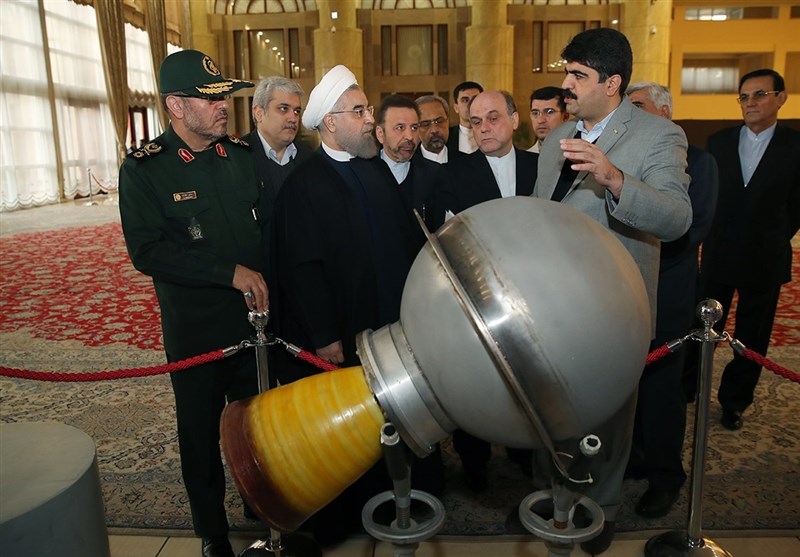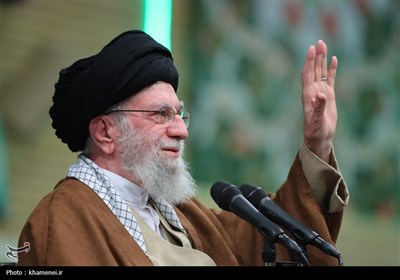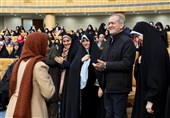Iran Unveils 2 New Homegrown Satellites
TEHRAN (Tasnim) – Iran’s President Hassan Rouhani on Wednesday unveiled 3 new achievements in the space industry, including two satellites manufactured by domestic experts and academic centers.
In a ceremony in Tehran marking the National Day of Space Technology, President Rouhani unveiled the Nahid-1 (Venus-1) and Payam-e-Amirkabir (Amirkabir’s message) satellites, as well as an orbital maneuvering system dubbed Saman-1.
The president also paid a visit to an exhibition of achievements of Iranian Space Research Center (ISRC), held on the sidelines of the ceremony.
Known as Iran’s first telecommunication satellite, Nahid-1 has been developed by the ISRC experts. The technology used in making the satellite is one that has been the basis for Iran’s progress in the communication satellite technology.
Nahid-1 uses photovoltaic solar panels in orbit and uses the Ku band for communication.
The other satellite, Payam-e-Amirkabir, has been made in Tehran’s Amirkabir University of Technology with the mission to take surveying images at resolutions below 40 meters. Equipped with a range of homegrown technologies, the satellite will go into orbit with a local carrier.
Another major achievement made by the ISRC technicians is Saman-1, a system for controlling the orbital transition of satellites.
For the first mission, Saman-1 will be used to transfer a 100-kilogram satellite from a low Earth orbit about 400 km above the Earth's surface to a higher elliptical orbit at an altitude of 700 km.
Iran has in recent years made great headways in manufacturing satellites. It launched into orbit its first indigenous data-processing satellite, Omid (Hope), in February 2009.
In January 2013, Iran sent a monkey into space aboard an indigenous bio-capsule code-named Pishgam (Pioneer).






